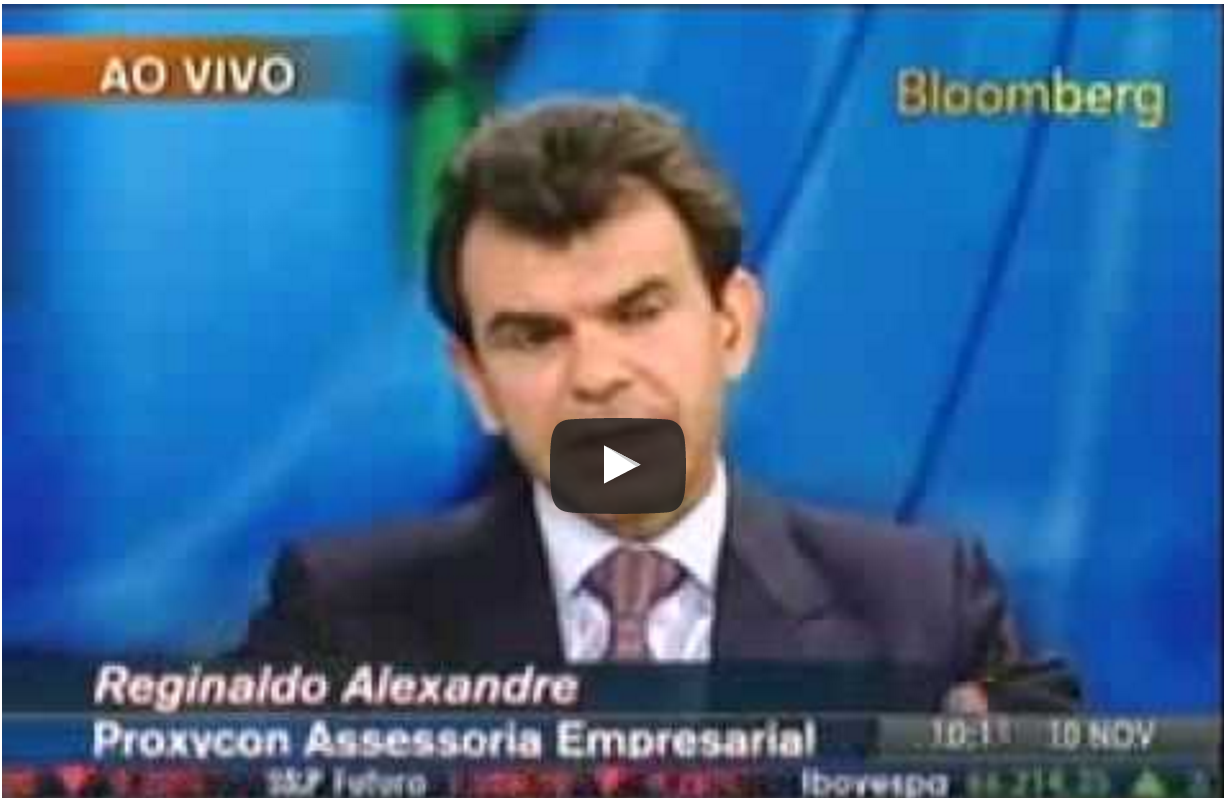The road to hell is paved with good intentions. Not unnoticed to the viewer closer to those situations where, in the name of a supposed protection or an order of things deemed more correct, inequities and constraints perpetuate themselves to an extent greater than that it was intended to avoid.
Circumstances like these permeate society and are present in its various segments. The corporate world does not escape them. In the capital market, attention is drawn to the quiet period that all those involved in public offerings would have to undergo – notably of stocks.
The quiet period has been established in order to dispense fair treatment to different classes of investors, avoiding at the same time the breaking of rules by either the issuers or the organizers of the offer. To comply with the quiet period, all parties involved in the operation should remain silent, for a period of time.
The thirst for information from potential subscribers of shares would be filled by a limited set of data, especially in the case of shares issued by companies that debut on the market (initial public offerings, or IPOs), given the fact that these enterprises do not have history as public companies or previous monitoring by analysts and other investment professionals.
This data set is grouped in a prospectus for public offering, supplemented by a reference form, as defined by the Brazilian security exchange commission. Although, in general, they are written in language too wordy and stilted, the prospectus is an important piece, but lacks in some essential aspects. In particular, they are generally lacking in information about the future, which is where investor interest lies primarily.
The placement of securities is usually preceded by presentations (so called road shows) that are made by the issuing company and accompanied by representatives of financial institutions that organize and coordinate the offer. These presentations are focused exclusively on institutional investors, local and international. Individual investors rely solely on the information in the prospectus, featuring a dichotomy in relation to institutional ones. It is the institutional investor, moreover, that – through the manifestation of their purchase intentions (bookbuilding) – usually form the issue price.
There are many legitimate interests at stake. The organizers of the offer have to have a very firm idea about the company and the amount at which their shares can be launched, so they often dissect and establish a range of indicative values for the securities to be issued.
The company, on the other hand, has the legitimate interest to sell their shares at the best possible price and thus should ideally equip these investors – who form the issue price – with information enabling them to better assess the appropriate value.
The regulators and self-regulatory bodies are unable to control the information flow in this restricted circuit. The mantle of the quiet period prevents access to this data (since they are not published), while harming the equal treatment to investors. Some investors are supplied with more or at least better information than others.
Even if we supposed that the men and women involved in these business transactions would resist going beyond prudent limits, and were intended to present documentation to institutional investors only and solely explain and clarify points of the prospectus, there would still be an asymmetry of information in favor of institutional investors who benefits with these clarifications in relation to those investors – institutional or otherwise – out of reach of these explanations and details. This situation leaves the individual investor, in particular, at a disadvantage regarding this additional information.
The quiet period is an unnecessary constraint. It not only works against those it seeks to protect, especially the individual investors, but also obstructs the flow of information that would be necessary for a broad and efficient evaluation of the risks and potential gains of each issuer and therefore of each public offering of securities or shares.
It would be more appropriate and rational the regulators and self-regulatory bodies demanded the publication of all information available on the issuer and the issue (presentations, marketing and research reports, road shows agendas, etc.), instead of prohibiting it .
The identification of abuse, improper procedures and misbehaviors would be much easier and immediate in an environment of full disclosure.



 Economista, com vinte anos de experiência na área de análise de investimentos, como analista, coordenador, organizador e diretor de equipes de análise, tendo ocupado essas posições, sucessivamente, no Citibank, Unibanco, BBA/Paribas, BBA (atual Itaú-BBA) e Itaú Corretora de Valores. Atuou ainda como analista de crédito corporativo (Citibank) e como consultor nas áreas de estratégia (Accenture) e de corporate finance (Deloitte). Hoje, atua na ProxyCon Consultoria Empresarial, empresa que se dedica às atividades de assessoria e prestação de serviços nas áreas de mercado de capitais, finanças e governança corporativa.
Economista, com vinte anos de experiência na área de análise de investimentos, como analista, coordenador, organizador e diretor de equipes de análise, tendo ocupado essas posições, sucessivamente, no Citibank, Unibanco, BBA/Paribas, BBA (atual Itaú-BBA) e Itaú Corretora de Valores. Atuou ainda como analista de crédito corporativo (Citibank) e como consultor nas áreas de estratégia (Accenture) e de corporate finance (Deloitte). Hoje, atua na ProxyCon Consultoria Empresarial, empresa que se dedica às atividades de assessoria e prestação de serviços nas áreas de mercado de capitais, finanças e governança corporativa.